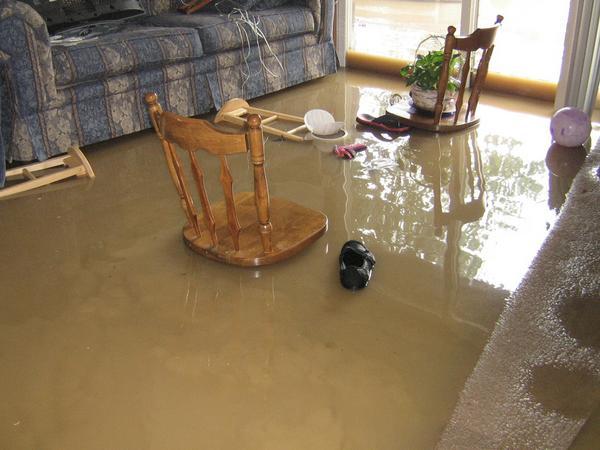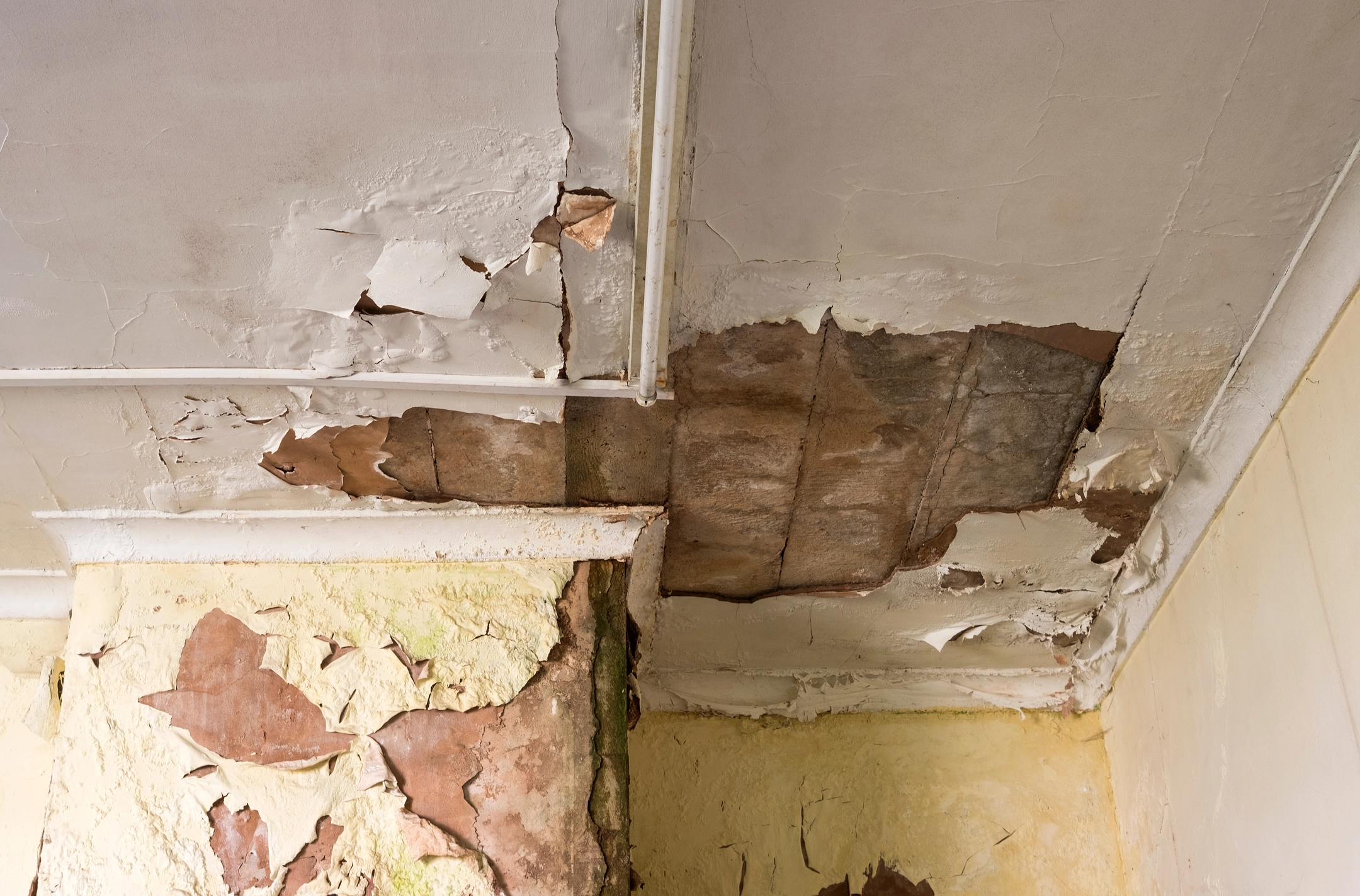The Process of Water Damage Cleaning: Ensuring Your Home Is Brought Back Effectively
Water damage can be a daunting difficulty for home owners, necessitating a careful and organized cleaning process to bring back safety and security and functionality. damage restoration services. Following this, reliable water removal techniques play a crucial role in minimizing additional damage.
Assessing the Damages
Upon finding water damages, the very first step is to completely assess the level of the effect. This preliminary assessment is essential, as it assists identify the needed steps for reliable cleaning and restoration. Begin by checking the affected areas, including walls, ceilings, floorings, and individual belongings, to identify the source of the water breach, whether from flooding, leakages, or condensation.
Recording the damages is necessary for both insurance policy cases and intending reconstruction initiatives - damage restoration services. Usage pictures and created notes to record the seriousness of the damages, keeping in mind any type of damaged structural elements and products. Pay special attention to locations that might not be immediately noticeable, such as behind wall surfaces and under rugs, as hidden dampness can cause additional problems, including mold and mildew development
Additionally, assess the timeline of the water exposure. Ultimately, an extensive analysis lays the groundwork for an effective water damage cleaning process, making certain that all impacted locations are attended to effectively and thoroughly.
Water Extraction Methods

Specialists generally utilize completely submersible pumps for larger quantities of water, which can quickly relieve flooding in cellars or various other influenced areas. For smaller sized amounts, wet/dry vacuum cleaners are typically made use of to extract recurring dampness from carpets and hard surfaces. Furthermore, utilizing mobile extractors permits targeted removal in confined areas or locations with fragile products.
In instances of infected water, such as sewage or floodwater, progressed removal methods may entail using biohazard devices to ensure security and conformity with wellness laws. High-powered removal devices are vital in lessening water retention in architectural materials, which can result in mold growth and structural damage otherwise attended to immediately.
Eventually, the effectiveness of water extraction methods plays an essential duty in the total success of the water damages clean-up process, laying the foundation for subsequent reconstruction initiatives.
Drying and Dehumidification
Once standing water has actually been properly extracted, the following important phase in the water damage cleaning procedure is drying and dehumidification. This step is vital to prevent additional damages and mold and mildew growth, which can happen within 24 to 48 hours in damp atmospheres.
To accomplish reliable drying out, customized tools such as industrial-grade air movers and dehumidifiers is used. Air moving companies distribute air across damp surfaces, enhancing dissipation prices, while dehumidifiers decrease moisture levels in the air, promoting a conducive setting for drying. The mix of these tools guarantees that dampness is drawn out from home furnishings, floorings, and walls, permitting them to dry thoroughly.
It is very important to keep track of the drying process carefully. Professionals usually make use of dampness meters to examine the wetness material in numerous products, ensuring that all influenced locations reach acceptable dry skin levels. This thorough strategy helps to avoid hidden dampness pockets that can bring about architectural damage or undesirable mold and mildew development.

Cleansing and Disinfecting
After the drying and dehumidification stage is complete, the following vital action in water damage clean-up is cleansing and disinfecting the impacted locations. This procedure is important to protect against the development of mold, bacteria, and various other microorganisms that grow in wet environments.
The cleaning stage generally involves getting other rid of any type of particles, dirt, and contaminants from surfaces making use of specialized cleansing agents. For hard surfaces, a combination of soap and water or business cleansing products is frequently employed. Soft materials, such as upholstery and carpetings, may require much more substantial cleansing methods, including heavy steam cleansing or deep removal strategies, to make certain comprehensive sanitation.

Disinfecting adheres to cleansing, making use of EPA-approved disinfectants to get rid of hazardous microorganisms. This step is important, particularly in areas that might have entered call with floodwaters or sewage, as these resources can present severe health and wellness threats.
In addition, it is necessary to deal with any kind of remaining smells, which might require the usage of odor neutralizers or sophisticated methods like ozone therapy. Proper cleansing and sanitizing not just bring back the security and health of your home however likewise lay the foundation for effective repair and repair services in subsequent phases of the water damages cleanup process.
Restoration and Fixings

As soon as the analysis is total, reconstruction efforts can start. Additionally, flooring might call for comparable focus, depending on the level of water exposure.
It is essential to involve seasoned reconstruction specialists during this process, as they possess the proficiency to manage complex repair work successfully. They can help minimize prospective future issues, such as mold and mildew growth or architectural instability, hence guaranteeing a risk-free and habitable water damage cleanup near me living environment. Ultimately, effective repair and repair work bring back the home's honesty and improve its total value.
Final Thought
In final thought, the process of water damage cleaning is crucial for restoring a home to its pre-damage condition. Each phase, from evaluating the damages to executing effective water removal methods, followed by complete drying, disinfecting, and necessary repair services, plays an essential role in making sure safety and security and compliance with structure useful site requirements. Efficient execution of these steps not only reduces prompt damages yet likewise improves the long-lasting stability and value of the residential property.
Water damages can be a difficult difficulty for property owners, requiring a careful and organized cleaning procedure to recover security and functionality. Inevitably, an extensive analysis lays the foundation for a successful water damages cleaning procedure, guaranteeing that all impacted areas are attended to effectively and thoroughly.
Effective water removal techniques are important in alleviating damages and protecting against more difficulties complying with a water intrusion event.In final thought, the procedure of water damages cleaning is crucial for bring back a home to its pre-damage problem. Each phase, from evaluating the damage to executing efficient water removal strategies, adhered to by extensive drying, sterilizing, and essential fixings, plays a crucial duty in making sure safety and security and compliance with building criteria.